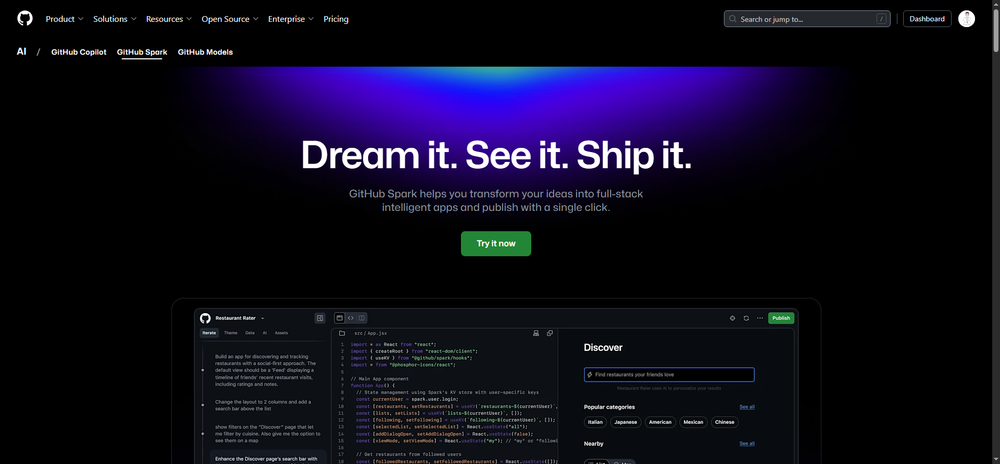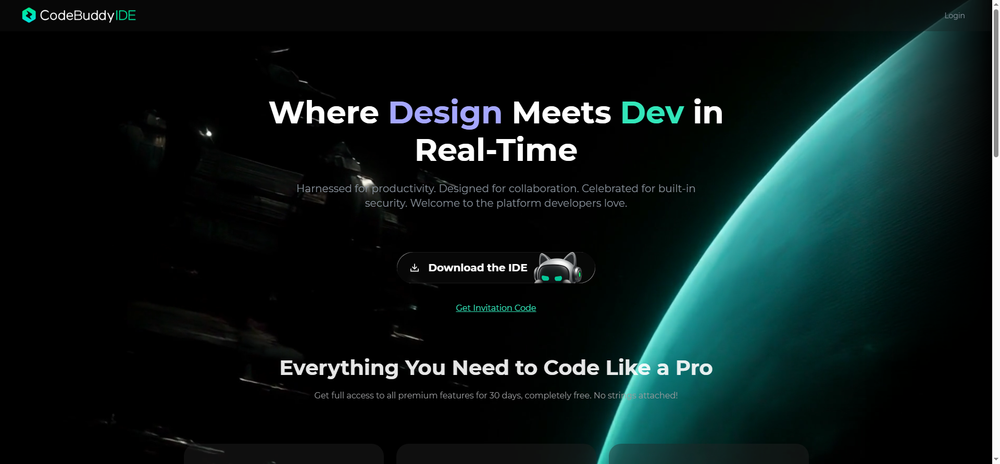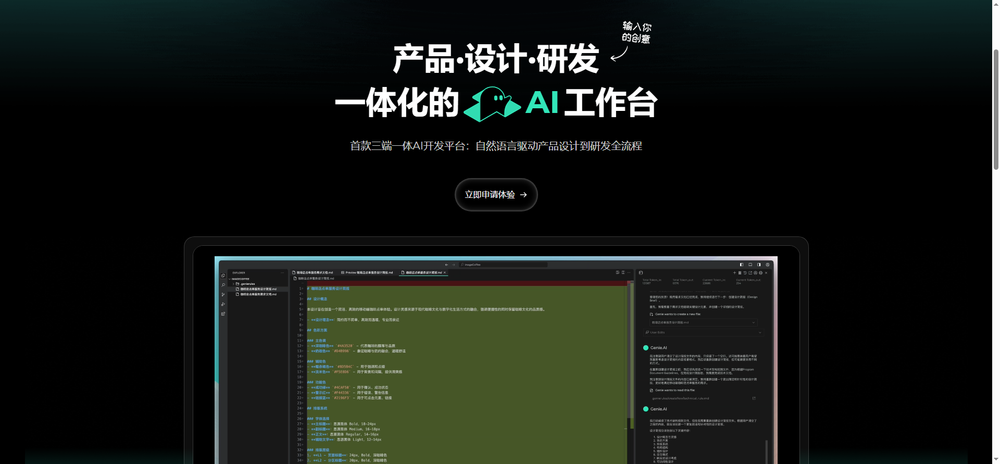MiaoDa is Baidu's first conversational no-code application development platform, designed to lower the barrier to app development through natural language interaction and multi-agent collaboration, enabling non-programmers to quickly build complex applications.
Features
-
No-Code Programming
Users can describe their requirements in natural language, and the system automatically generates fully functional application code without any manual coding. This makes it easy for non-programmers to bring their ideas to life. -
Multi-Agent Collaboration
MiaoDa integrates multiple built-in agents that work together, simulating software engineering processes. Users can dynamically adjust the agents' strategies and behaviors according to task needs, forming virtual development teams with diverse skills. This intelligent division of labor significantly boosts development efficiency. -
Multi-Tool Integration
MiaoDa supports the integration of various tool interfaces from Baidu Intelligent Cloud and third-party services. Users can streamline commercial processes with one click, enhancing app functionality and flexibility. Built-in tools include forms, SMS, maps, and more, covering diverse business needs. -
Natural Language and Graphical Interface
MiaoDa offers a natural language user interface (LUI) alongside a graphical user interface (GUI). Users can modify requirements via natural language, while the agents handle the implementation. Alternatively, users can adjust the app layout by clicking and dragging components. -
Automated Workflow
With intelligent agents handling automation, MiaoDa simplifies and accelerates development and deployment processes. Tasks can be automatically assigned, tracked, and reminded, improving team collaboration efficiency. -
Modular Construction
MiaoDa supports a modular design, allowing users to build software like stacking building blocks, speeding up development. This modular approach lets users quickly combine and adjust different feature modules to meet various needs. -
Real-Time Preview and Editing
During the development process, users can preview the app in real time and make adjustments as needed. This instant feedback loop helps users fine-tune and optimize their applications efficiently.
Application Scenarios
-
Enterprise Internal System Development
- Customer Relationship Management (CRM) Systems: Small and medium-sized businesses can quickly create CRM systems, integrating customer information, sales tracking, and interaction features to improve customer management efficiency.
- Inventory Management Systems: Retailers can build inventory management systems to track stock in real time, receive low-stock alerts, and generate replenishment orders automatically.
- Order Processing Systems: Businesses can create order processing systems to simplify order intake, processing, and tracking, enhancing efficiency while reducing human error.
-
Education and Learning
- Educational Software and Interactive Courseware: Teachers and students can design educational tools, such as simulation experiments and learning games, fostering interactive and engaging learning experiences tailored to their curriculum.
-
Personal Projects
- Personal Blogs and Websites: Individual users can easily build personal blogs, family budget trackers, and health monitoring apps — all without coding knowledge.
- Creative Projects: Users can quickly turn their ideas into real software applications, like digital greeting cards or mini-games.
-
Small Businesses and Startups
- Rapid Prototype Development: Entrepreneurs can swiftly create product prototypes for market validation and user feedback, cutting development time and costs.
- Automated Business Processes: Small businesses can automate daily tasks, such as financial reporting and project management, improving accuracy and operational efficiency.
-
Industry-Specific Applications
- Repair and Service Industry: For example, an auto repair shop could develop a "Vehicle Repair Appointment" app to streamline bookings and enhance work efficiency — showcasing MiaoDa's potential in real-world scenarios.
-
Marketing and Design
- Marketing Materials: Users can design marketing pages, event invitations, posters, and more, enabling quick responses to market demands and improving promotional impact.




